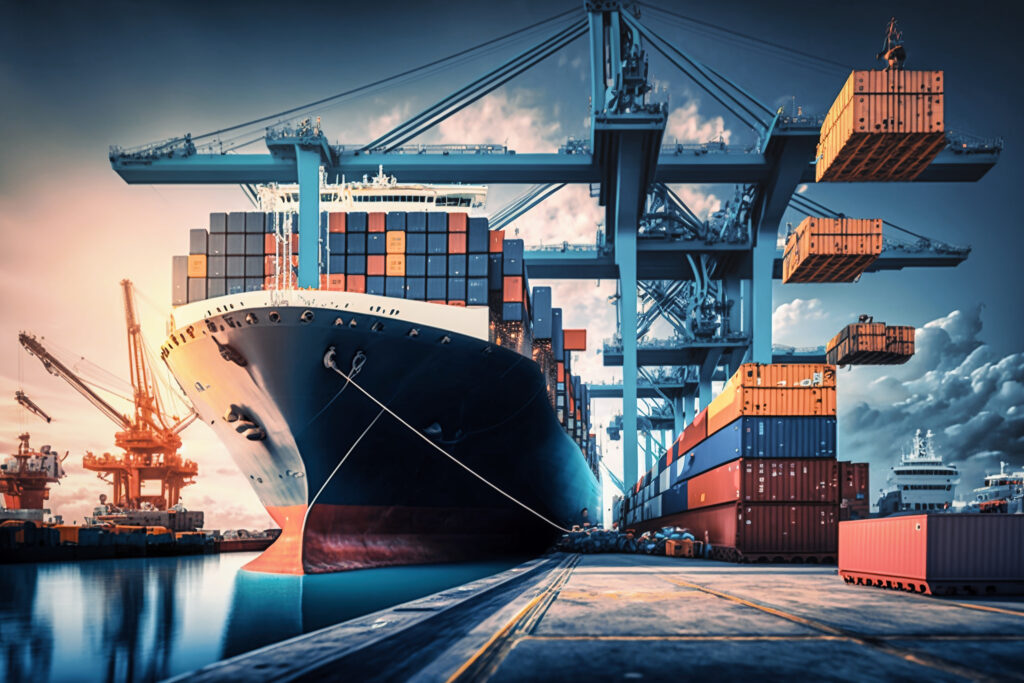Noi Mahoney of Freight Waves tells his readers that the Port of Baltimore handled over $80 billion worth of cargo in 2023, major companies who have distribution facilities there include BMW, Amazon, and FedEx. Mahoney writes:
The collapse of Maryland’s Francis Scott Key Bridge Tuesday after it was struck by a cargo ship continues to block access to the Port of Baltimore and could disrupt shipping flows across the U.S.
The Singapore-flagged MV Dali container ship collided with the bridge around 1:35 a.m. on Tuesday. At least six people remain unaccounted for, CNN reports. With rescue and recovery operations ongoing, it’s unclear how long debris from the bridge will block the Patapsco River, which leads to the Port of Baltimore.
For the shipping community, the accident will affect maritime lanes as carriers must seek alternative ports of call while the collapsed bridge continues to block the river, experts said.
“Are any container vessels currently trapped in the bay? That is question No. 1,” Sanne Manders, president of international at Flexport, told FreightWaves. “Right now, there are two vessels trapped: the ship that caused the collision and another general cargo container vessel that is currently trapped.” […]
Manders said what makes the Port of Baltimore unique is the volume of roll-on/roll-off cargo it handles, such as passenger vehicles, along with agricultural and industrial equipment.
“Then you’re also getting into agricultural exports — rice, sugar, fertilizers, forestry products. It’s pretty big in Baltimore. Then there’s also a big paper industry there and construction materials,” Manders said. “I do think in other commodities and cars, this will have a major impact. There are also some metal exchange warehouses for nickel, tin and copper in Baltimore. Now those can also be moved to other ports, but those are bulky materials, and they don’t move them very easily.”[…]
Paul Brashier, vice president of drayage and intermodal at ITS Logistics, said the priority right now is to ensure clients are making plans for containers that were originally routed to Baltimore.
“These shipments will be discharged to other ports on the Eastern Seaboard,” Brashier said. “This also means that we must prepare trucking and transload capacity to be able to transport the impacted freight to the appropriate initial location.”
Read more here.

